
121—
Meditative Munching

If the ocean increases in temperature by two degrees celsius (or more) then our coral reefs bleach — which is an incredibly wishy-washy way of saying that they get sick and are about to die 😱
Why should we be worried about coral ‘bleaching’, you may ask? Because:
— Fish need the coral reefs to survive.
— The ocean needs the fish to clean it and to feed the other fishes.
— We need the fish to feed us.
— And we need the coral to protect us from severe weather.
But perhaps even more importantly, the increase in sea temperature that causes the coral bleaching is a tell-tale sign that global warming is here, is real and is happening right now.1
If global warming is not halted we risk severe environmental hazards such as rising seawaters, famine, extreme weather, loss of biodiversity, and a global spread of infectious diseases (among other horrors).
We humans are playing a real-life, very dicey, game of ‘hot or cold’ with our planet. As a consequence, our coral are silently dying while we go about our everyday lives – none-the-wiser.
The time has come now, people — to wake-up, and ‘give a shit’
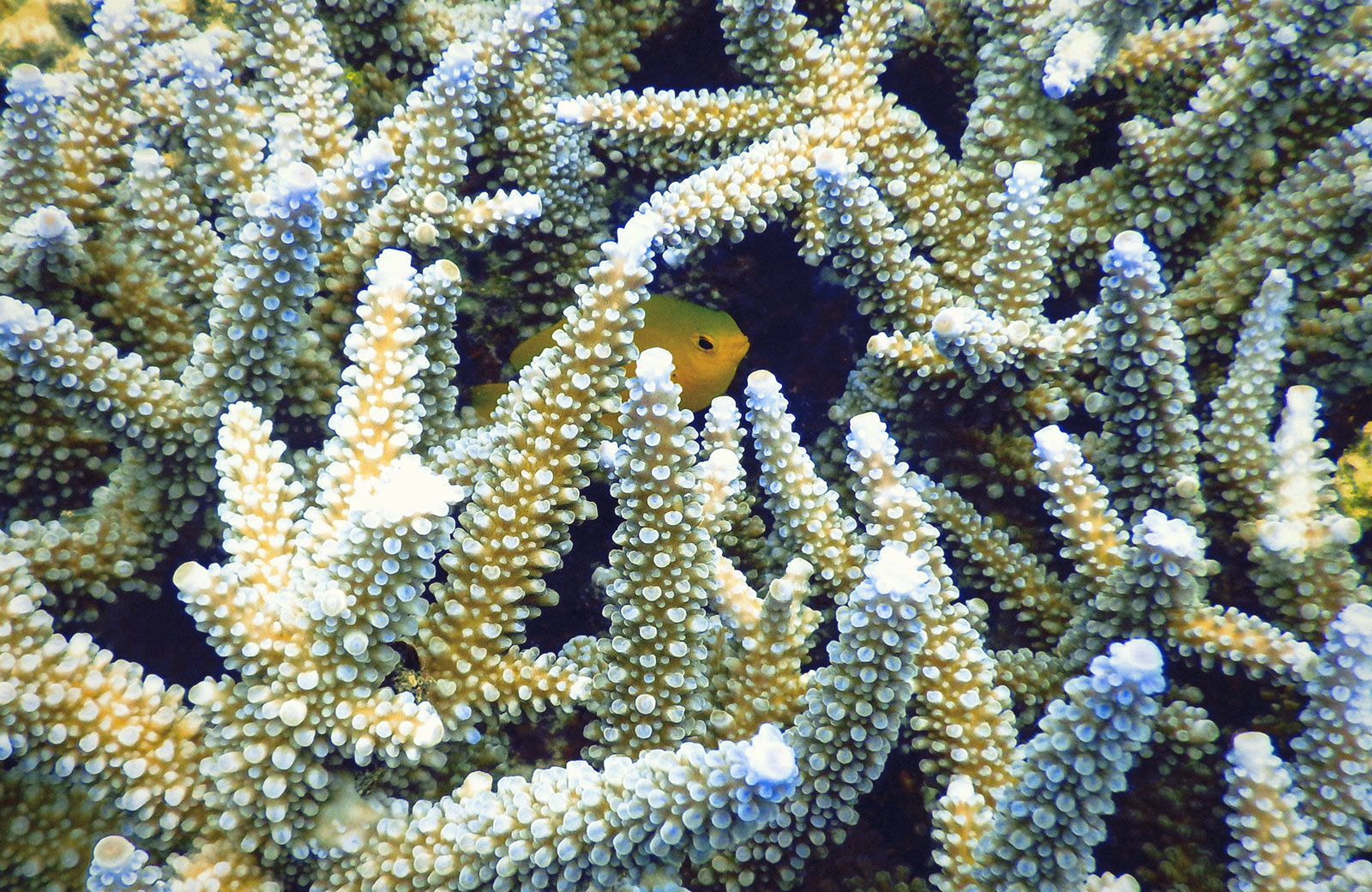
This phenomenon – coral bleaching – was first noticed in the 1980s.
The FIRST global event was recorded in 1997—98.
The SECOND global event was recorded in 2010.
The THIRD global event occurred between 2014—2017
Given the way things are going, we cannot afford to record another global event.
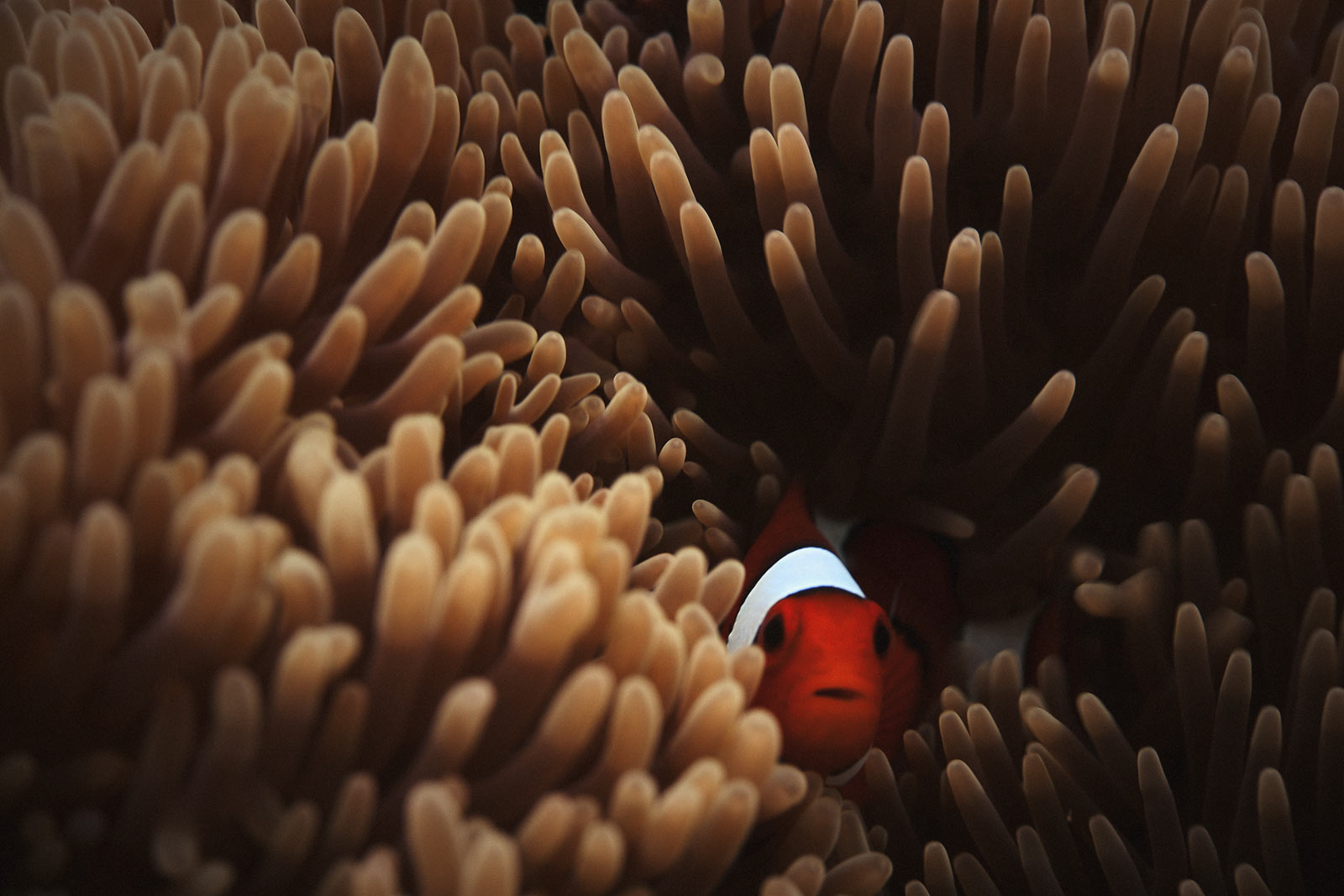
Last year I became absolutely besotted by the ocean after watching several NETFLIX documentaries on my long-haul flight to Europe.
These documentaries included: Mission Blue, A plastic ocean, and Chasing Coral.
I should probably clarify that all my life I’ve held a healthy reverence for the ocean. Being in awe of it, while also being intensely frightened of it. (More on this later.)
Note: This is why I was binge-watching these similarly themed docos in the first place.
I’ve been a Greenpeace supporter since I was a kid. When I started making ‘coin’ (working at my parents Fish & Chip shop in Cambridge from the age of eight), I set up a monthly direct debit to Greenpeace — and I’m proud to say I’ve never suspended these payments at any point since. (And, over the years, as my funding improved, I increased the amount of money that I contribute to them.)
Note: I am well aware of the irony of me flying ‘long-haul’ and being worried about the health of the planet.
It is no accident that Earth is the only planet to have an ocean… and the only planet (that we know of) to be inhabited by life forms.
The sea also regulates our planet’s temperature. It does this by effectively absorbing 93% of the heat of climate change.
And just for the record, 2018 was the ocean’s hottest year ever witnessed!
Check this out from National Geographic.
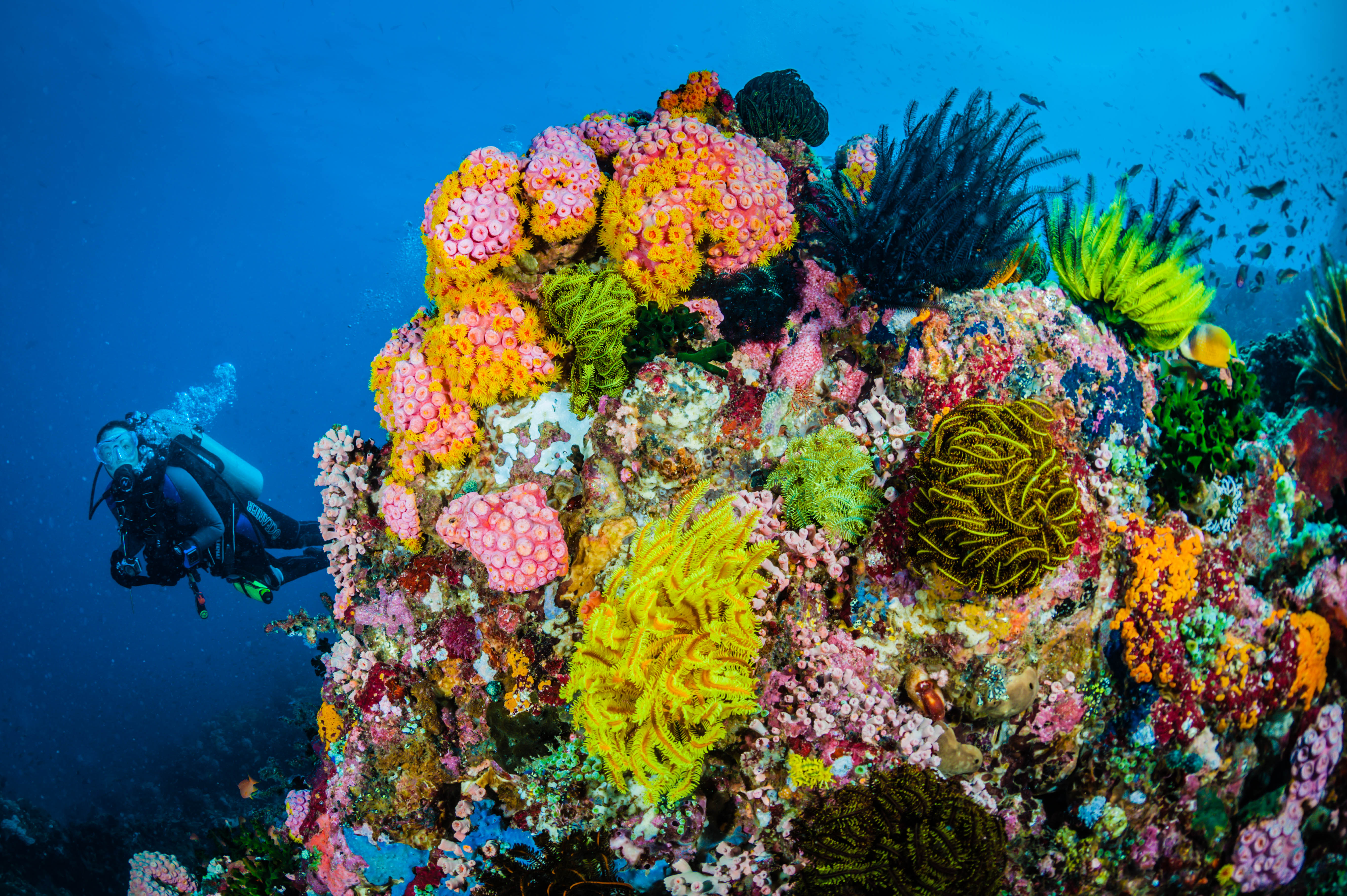
As a kid, I wanted to be a ‘Rainbow Warrior’ and protect the high sea — and all its inhabitants — from, well, humans. That was, until:
I tell ya — JAWS (the Steven Spielberg blockbuster movie from 1978) sure has a lot to bloody well answer for!2
Tsunamis in particular…😉
(I don’t have a particular movie to blame for this — just the news!)
I pretty much get seasick from merely looking at the motion of the ocean…
Having fair skin and living in NZ does not make for a sailor’s life for me — let alone a pirate’s life!
What can I say? I’m just a bit of a wuss, really — with a heart-of-gold. Or maybe, the heart-of-the-ocean? 💙
So, I had to be content with having a long-distance love affair with the sea.
That was, until I recently plucked up the courage (soon after seeing the above-mentioned documentaries) to go snorkelling with DMF at Molokini, off the coast of Maui. I’d like to add that this is despite the tour operator excitedly announcing that someone had seen a Whale Shark in the vicinity! 🐋🦈😳
Note: I had absolutely no idea what a freaking Whale Shark was?! But, my first thought was obviously a gigantic JAWS!😱 The tour operator saw the look of horror on my face and simply said: “It doesn’t have any teeth”. Which was supposed to soothe me. However, I still imagined myself being forcibly shaken and having my limbs viciously gummed off…
Fortunately, my extreme desire to see the coral, BEFORE IT’S TOO BLOODY LATE, ultimately made me ‘walk the plank’.
(As it turned out, I adored this underwater wonderland so much, I was actually one of the last people back on board.)
Note: Coral reefs can only be found in the tropics. (New Zealand has corals.)
The current world population of 7.6 billion is expected to reach 8.6 billion in 2030, 9.8 billion in 2050 and 11.2 billion in 2100, according to a recent United Nations report (2017).
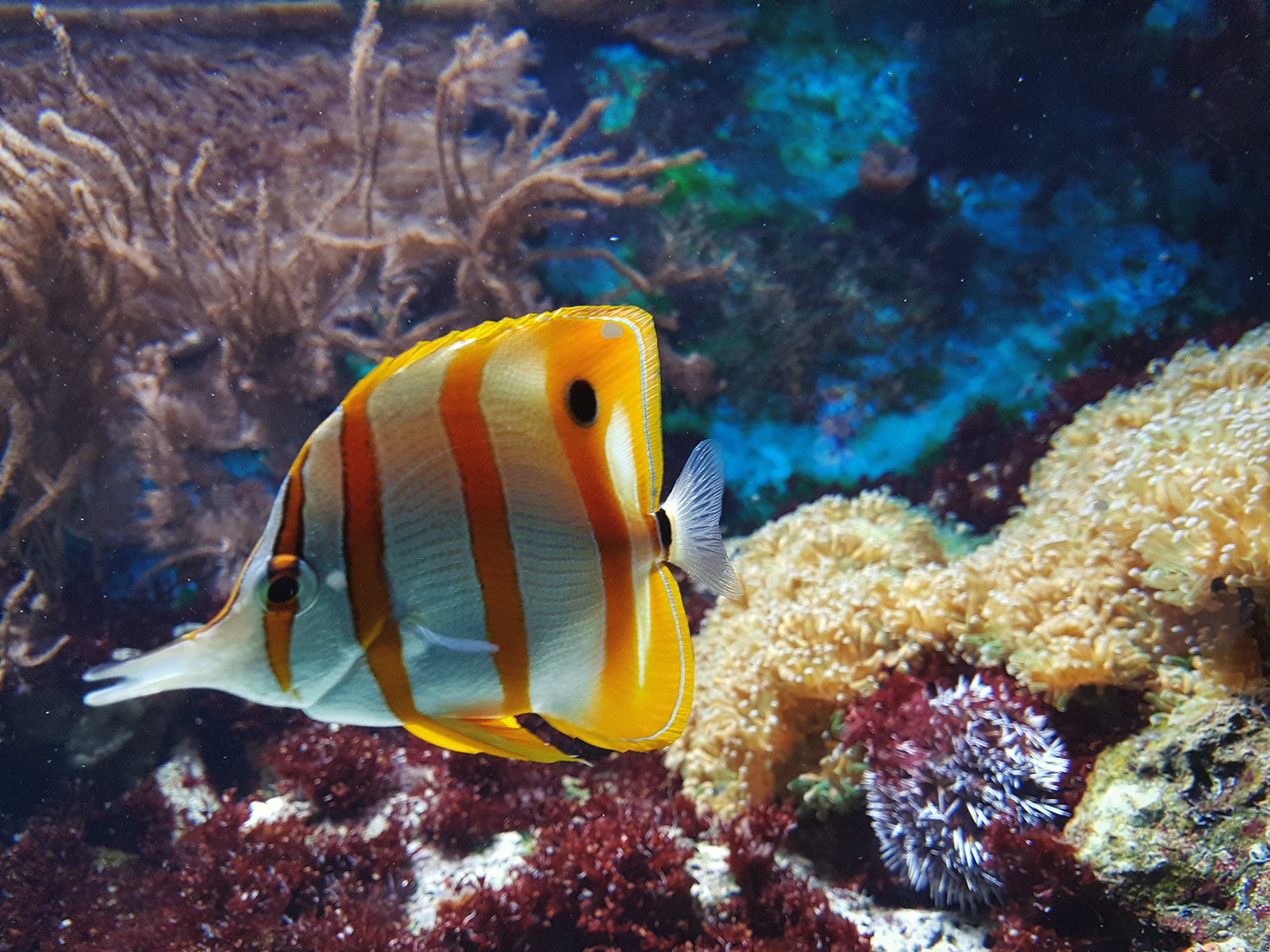
I didn’t realise how crazy-cool coral is! Coral is actually an animal (a marine invertebrate) 😳 It’s not just a ridge of rock in the sea formed by the growth and deposit of coral. It’s an entire underwater ecosystem.
Note: Technically speaking, because coral becomes active at night, it’s actually nocturnal. Go figure?!
(NETFLIX is currently featuring a documentary: Great Barrier Reef with David Attenborough. Where, using a submersible, they were able to view the Great Barrier Reef at night. I wonder what the marine life thought of that then!)
Let’s take a look at how complex – how truly impressive – coral is, and why this animal is important for our very survival…
There are many individual species and shapes of coral. Coral reefs are made up of coral individuals. They form a consortium of organisms that work together as one unit (reef).
Note: The Great Barrier Reef is so vast that it can be seen from outer space. And, it is the world’s biggest single structure made from living organisms!
Each coral individual is made up of many polyps held together by a calcium carbonate exoskeleton. Each polyp has a stomach and a circular mouth surrounded by tentacles. Micro-algae (zooxanthellae) reside within these polyps. The micro-algae gain shelter from the coral, and in return they photosynthesise during the day to feed the coral.
At night, the coral’s polyps expand and its tentacles come out (which have stingers attached to the ends). It preys on — as well as protects itself from — anything that is foolish enough to get too close for comfort.
Coral individuals establish symbiotic relationships with other sea creatures. For example, Clown Fish (Nemo!) and Sea Anemones protect each other. The anemone cannot sting the Clown Fish with its tentacles (because these fish have a mucous coating), and in return for this refuge, the Clown Fish cleans the coral and wards off other fish (Butterfly Fish & Zebrafish) — that might otherwise eat the coral’s polyps.
Collectively, the coral establishes a neighbourhood for around 25% of marine life to reside.
FYI: The same fish will live its whole life with the same coral individual — returning to it night after night. (Naw!)
According to the documentary, Chasing Coral 0.5—1 billion people rely on coral reefs as their main source of food.
Coral reefs not only provide us with seafood and jobs for our fishermen but also protect the land by providing a natural breakwater — absorbing big-ass waves, storms, and cyclones.
Note: Coral also provides a potential source of new medicines for us. Although I’m hoping these will not be explored at the expense of saving the coral.

Bleaching is a stress response, not unlike a fever in a human — which means parts of our ocean can get sick and die. And, scarily enough, mass bleaching can take place within a couple of weeks. 😱
When the temperature of our ocean rises too high, the micro-algae (zooxanthellae) stop photosynthesising and the coral expel them — because they are of no use to them. And unfortunately, the coral can’t survive without these plants. This is what ‘bleaching’ is — only the white (calcium carbonate) exoskeleton remains.
The different stages of degradation:
FLUORESCENT CORAL
This indicates the coral is stressed by heat or UV rays.
Clean white coral
This indicates that it is alive but that it is in trouble and highly likely to die.
Dead coral
This stuff looks ghostly — as it accumulates fuzzy micro-algae. It’s not unlike an underwater scene from the Titanic movie. Cue the uber-sad theme music 😩
If people saw Rainforests bleaching they would freak out, start asking questions, and try to fix things.
But, coral? Out of sight. Out of mind.
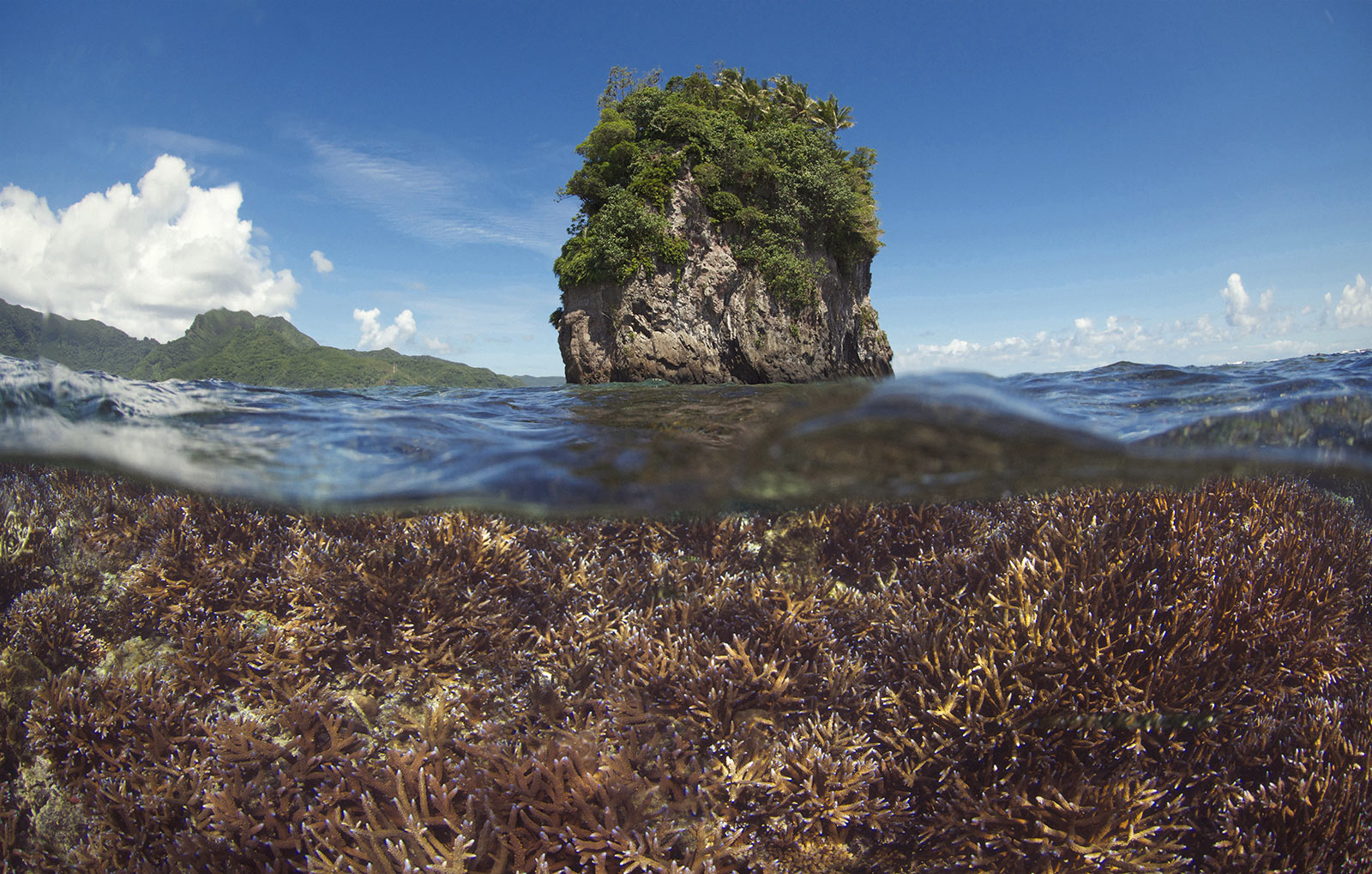
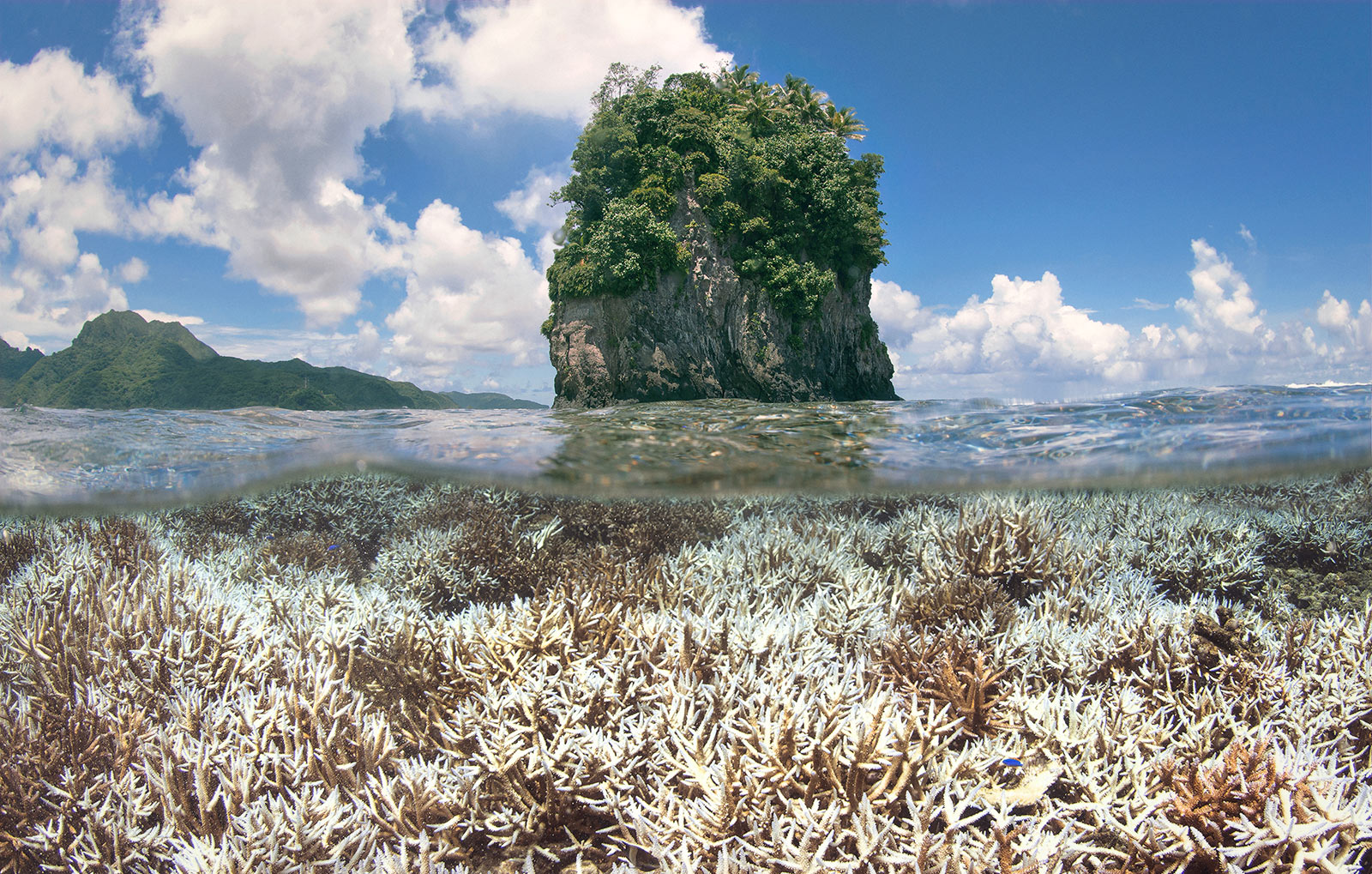
I want to send an almighty thanks to these superb ‘human-doings’ for their tireless efforts to bring this alarming situation (coral bleaching) to our attention.
They literally had to figure out a way to make us see the horror that is taking place. And, in order to show us what was happening to our coral, it took a number of people coming together in a collaborative effort. None of them could have done this on their own.
This is another excellent example of how we need diverse and symbiotic relationships for the greater good.
This venture required:
— A can-do, ex-advertising man with a passion for Seadragons
— Coral reef Scientists
— Engineers (to devise the underwater sea cameras)
— Camera Technicians
— Underwater Photographers
— Producers
— Film-makers/Directors
And most importantly — film viewers!
If coral bleaches in the ocean, and no-one is around to see it… does it even happen?
Yes.
Yes, it does.
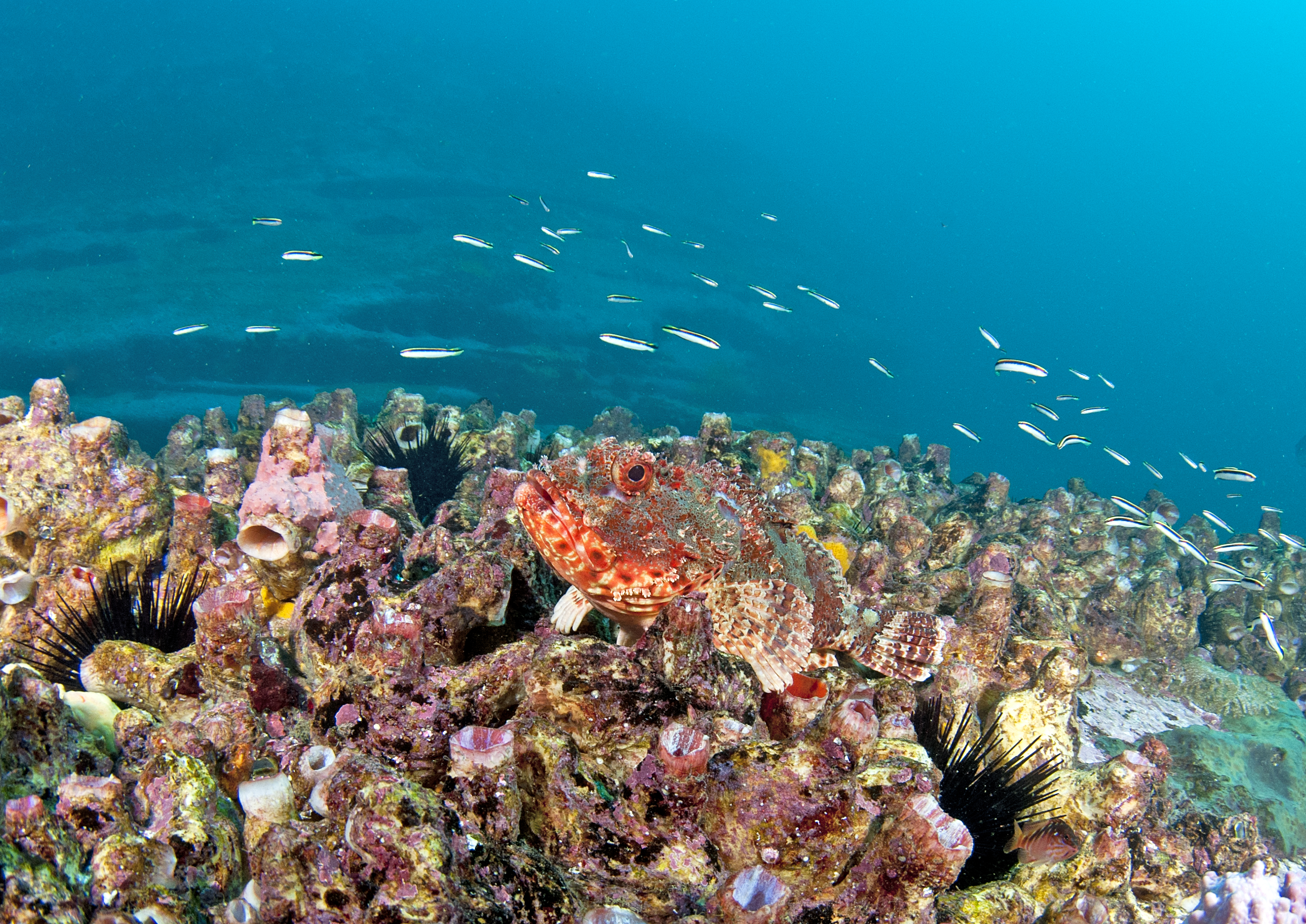
Ideally, get out into the ocean (don’t forget to wear your coral-reef-friendly sunscreen3) and marvel at the coral reef — it truly is an amazing underwater wonderland 🌎
Be in awe of it.
Fall in love with it 💙
Fight for it.
We are also the ones responsible for cleaning up this whole mess! Just as it took a number of people coming together in a collaborative effort to show us what was happening to our coral, I believe that if we work together we can turn this thing around.
Here’s what you can do to help:
Get your passion-on
Watch the movies I outlined above. But, first please listen to this music video and fill your heart with gooey love, pride, honour and a sense of duty!
Tell me how long – this song plays through the closing credits of Chasing Coral.
Note: Awesome actress, and all around good chick, Kristen Bell donated her talent and time to this project. (You might be more familiar with her – or her voice at least – from the movie, Frozen. She played Anna.) 💙
Do what you can to call attention to our plight
Tell your friends, family, and work colleagues – alert the world! And, tell them in a manner that suits you; be that in person, via social media, or by writing a blog-post 🤗
Keep it cool
Find out what you can do to keep our planet from over-heating; which is the ultimate cause of the coral dying.3
Read this –
Ten ways to reduce Greenhouse Gases – by Greenpeace.
Watch this –
http://www.cowspiracy.com
It’s a trailer for “Cowspiracy”, the film that environmental organisations don’t want you to see! This is yet another truly eye-opening documentary, which I highly recommend you watch…
Watch this — from Chasing Coral
They show us how to take action in a myriad of ways.
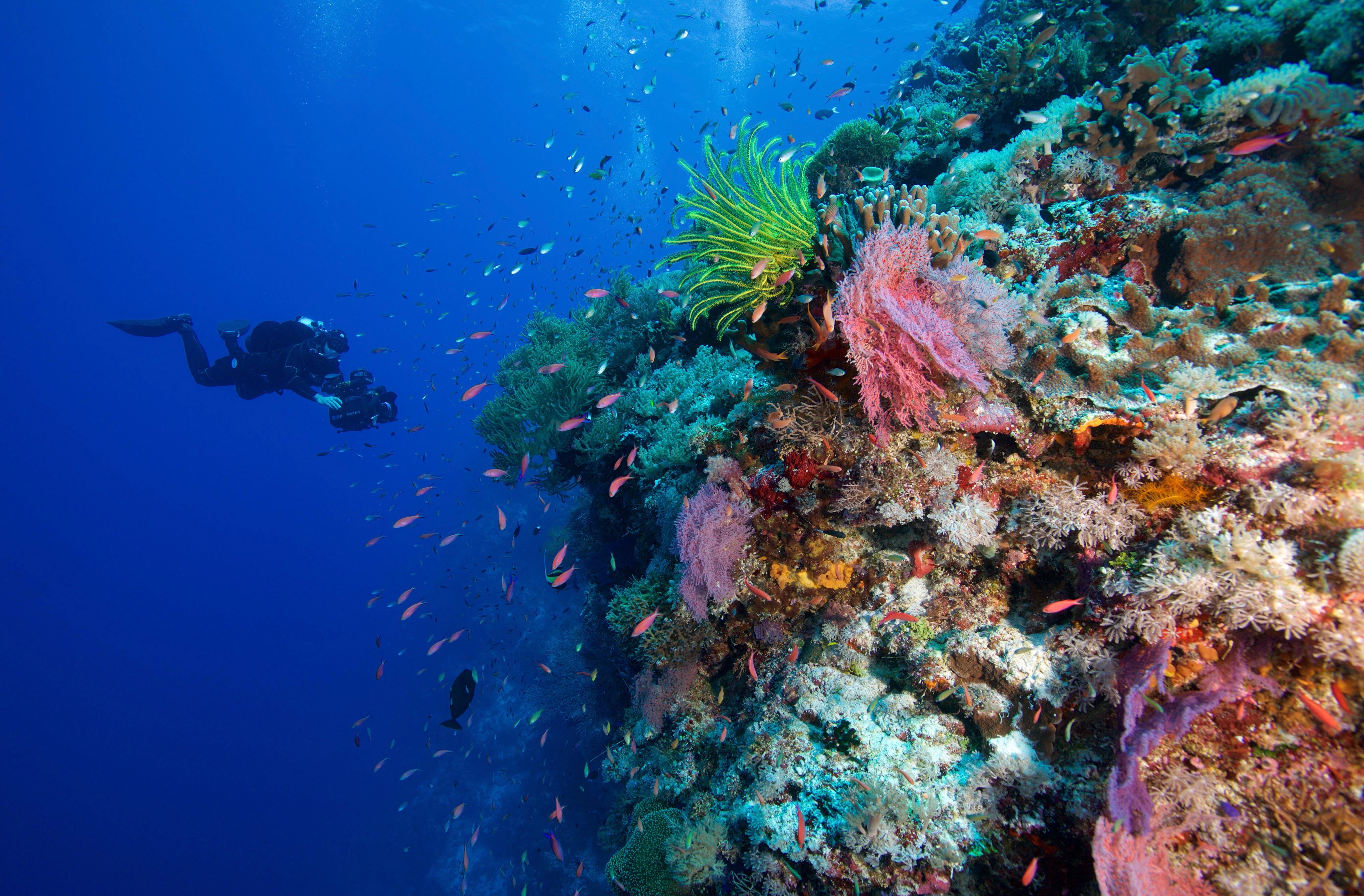
Dr. Sylvia Earle is not only an Oceanographer but she’s also my hero.
She says this of our oceans:
“We’re losing diversity. We’re losing the pieces that make it all work together. We don’t know how to put it back together again — once they’re gone. No ocean. No life. No us.”
She believes that ignorance is actually the biggest problem we face.
She says, that to most of us, the ocean will still look the same when it’s effectively empty.
I say: Not on our watch, people!
It’s time to ‘give a shit’.
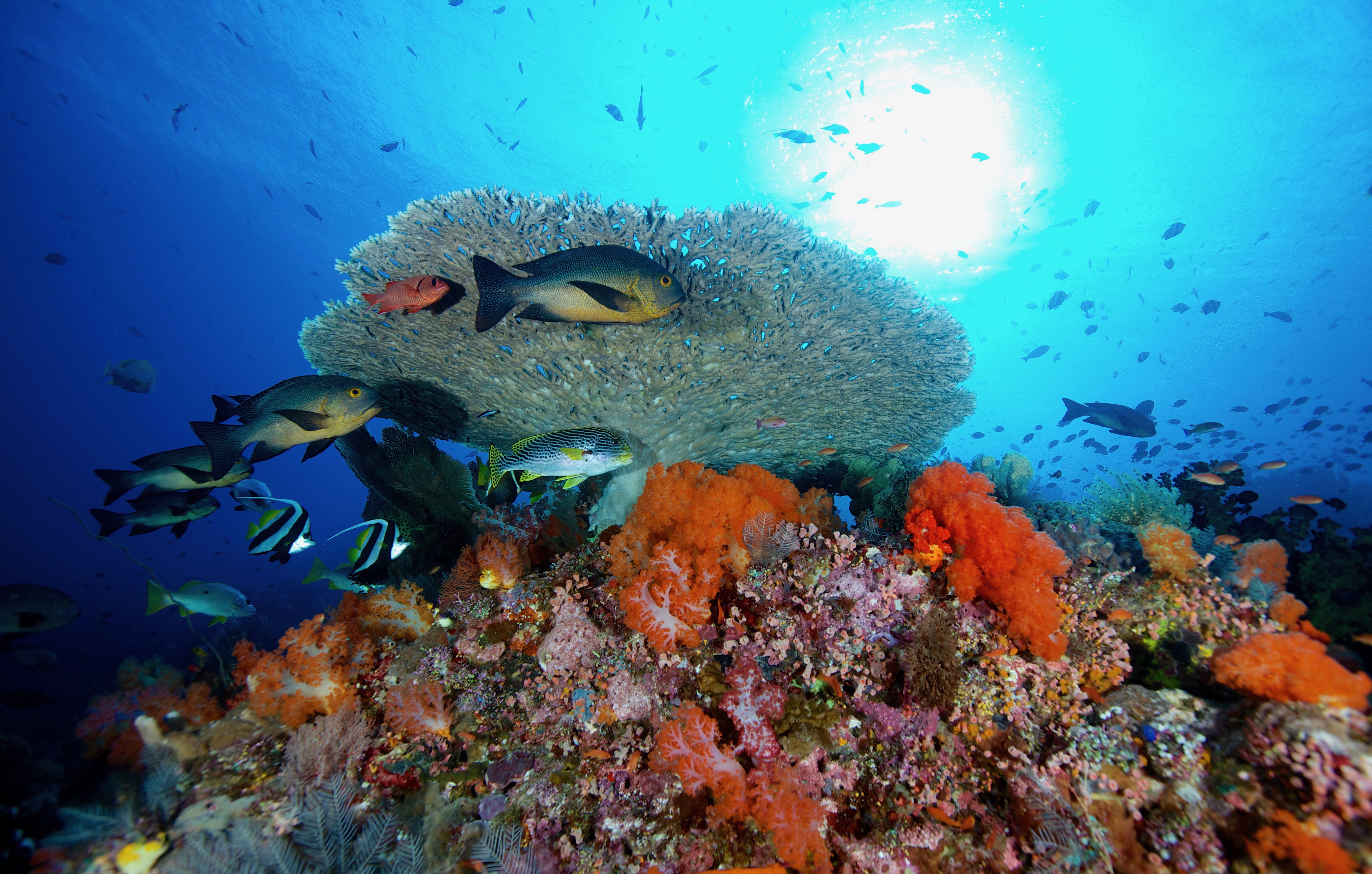
Lisa Fitzgibbon is a degree qualified (2006), experienced and registered Naturopath & Medical Herbalist. She runs her own private practice – OOMPH in Grey Lynn, Auckland, New Zealand.
Lisa has been involved in the Natural Health industry for 16 years. She draws on her professional training and experience, as well as her own personal experience to bring you realistic, holistic health advice.
Book onlineWhile the carbon dioxide that is generated by the transport and energy sectors (the burning of fossil fuels) is undeniably bad for our climate, animal agriculture generates nitrous oxide and methane which have an even more dramatic effect on our ‘Global Warming’.
Galeophobia or the extreme fear of sharks probably conjures up images of the Great White shark as depicted in Jaws, the popular blockbuster movie known for its dramatic music and superb visual effects that exacerbated the fear of sharks in the minds of its viewers.
Dur-ner.
Dur-ner.
Dur-ner-ner-ner-ner-ner-ner. Dur-ner-ner-ner-ner-ner-ner.
https://coolasuncare.co.nz/blogs/news/is-your-sunscreen-killing-coral-reefs
Subscribe to LISA SAID SO
Subscribe to the LSS newsletter to get updates on a very irregular basis.
Sorry for the interruption!
You seem to be interested in what Lisa has to say. To be updated when new articles are published, or we have news to share, enter your email below. Thanks!